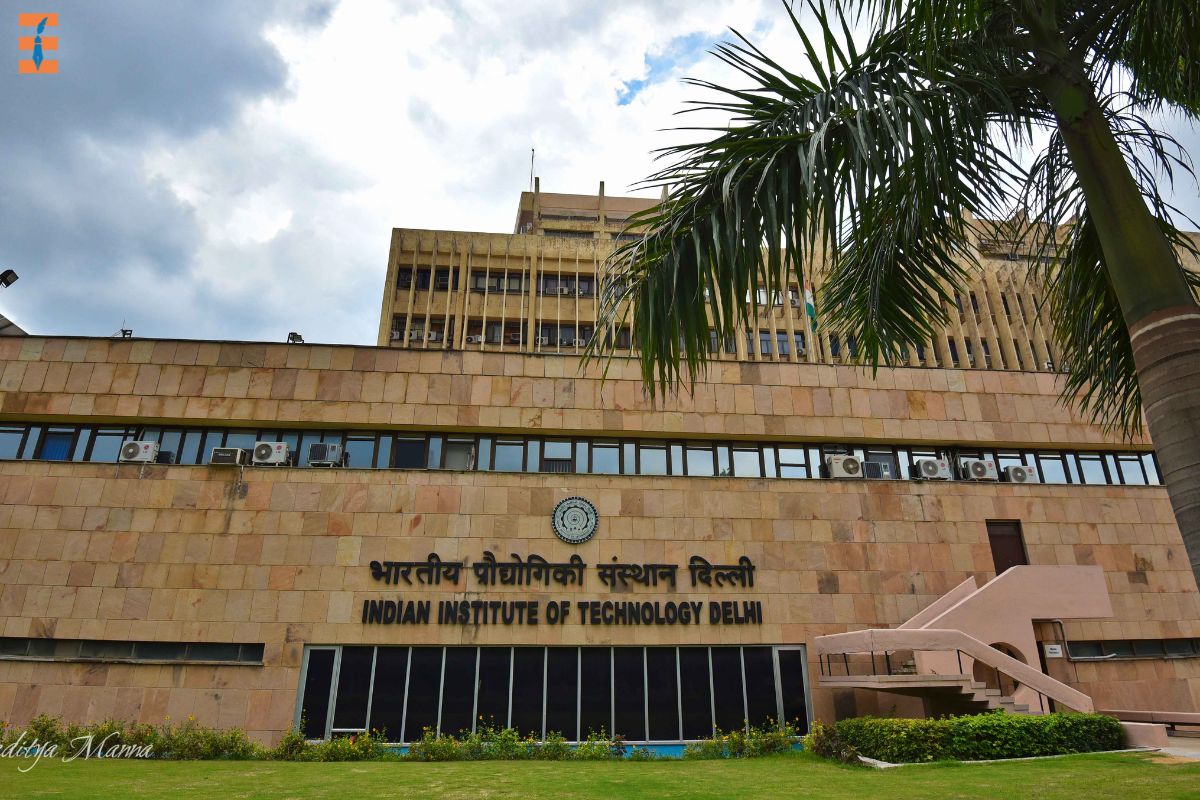The role of technology is essential in every sector of the market and education is not an exception for that. Its significance throughout the ages has reshaped the ways of learning and teaching dramatically and it has become more important to stay updated with the changing dynamics of the education field. In the 21st century, the classroom experience has moved forward beyond the classroom experiences and incorporated a wide array of technological tools and resources. Today as a student or as an educator, you can unlock the vast possibilities leverage the information available, and the learning experiences more personalised than before. In this article, you will read about the transformative role of technology in education.
Here are 7 transformative role of technology in education:
1. Access to Information
Technology has democratized access to information. The internet is a vast repository of knowledge that has bridged geographical boundaries and socioeconomic gaps. Students and educators can access a wealth of information, research papers, educational videos, and interactive platforms with just a few clicks. This ease of access empowers learners to explore topics beyond the confines of traditional textbooks, fostering a culture of curiosity and independent learning.
2. Personalised Learning

The important role of technology in education is the ability to tailor learning experiences to individual needs. Adaptive learning platforms use data analytics and artificial intelligence to assess students’ strengths and weaknesses, allowing educators to provide customized content and interventions. This approach ensures that each student progresses at their own pace, fostering a deeper understanding of the subject matter.
3. Interactive and Engaging Content
Another role of technology in education is interactive and engaging content. Educational technology has breathed new life into classroom content. Static text has been replaced with interactive multimedia elements, such as videos, animations, and simulations. These dynamic resources engage different learning styles, making complex concepts more accessible and relatable. Gamification techniques also make learning more enjoyable by turning educational activities into games, enhancing motivation and retention.
4. Global Collaboration
Technology has connected classrooms on a global scale. Students can collaborate with peers from different countries, sharing perspectives and insights that enrich their learning experience. Video conferencing, collaborative platforms, and online forums enable cross-cultural communication and teamwork, preparing students for a diverse and interconnected world.
5. Virtual and Augmented Reality

The best example of the role of technology in education is Virtual and augmented reality. These technologies have brought abstract concepts to life. Subjects like science, history, and geography are no longer confined to textbooks but can be explored through immersive experiences. Virtual field trips, for instance, allow students to explore historical landmarks or ecosystems that they might not otherwise have access to, enhancing their understanding and empathy.
6. Remote and Online Learning
The COVID-19 pandemic accelerated the adoption of remote and online learning. While facing challenges, this shift also highlighted the versatility of educational technology. Virtual classrooms, video lectures, and online assessments became the norm, showcasing the potential of technology to ensure continuity in education during crises.
7. Lifelong Learning and Skill Development
Technology has reshaped the concept of education as a lifelong journey. Online courses, webinars, and tutorials provide opportunities for individuals to upskill and reskill throughout their careers. Professionals can stay updated with the latest industry trends, making education a dynamic and ongoing process.
Challenges and Considerations
While the role of technology in education is undeniable, there are challenges to address. The digital divide, unequal access to technology, and concerns about data privacy and online safety must be carefully managed. Additionally, the balance between technology and traditional teaching methods needs to be maintained to ensure a comprehensive educational experience.
Emerging Trends in the Education Sector:
The education landscape is constantly evolving, driven by advancements in technology, shifts in societal needs, and innovative pedagogical approaches. As we delve into the heart of the 21st century, several significant trends are shaping the way education is delivered, received, and perceived. These trends are not only reshaping traditional learning models but also opening up new avenues for knowledge acquisition and skill development. Let’s explore some of the most prominent trends that are influencing the education sector today.
1. Blended and Hybrid Learning
The convergence of traditional classroom instruction and online learning has given rise to blended and hybrid learning models. Blended learning combines in-person teaching with digital resources, allowing students to engage with content at their own pace while still benefiting from face-to-face interactions with teachers and peers. Hybrid learning takes this a step further, with students alternating between physical and virtual learning environments. These models provide flexibility, personalized learning experiences, and the opportunity for students to develop self-directed learning skills.
2. Personalized Learning Pathways
Personalized learning is gaining momentum as educators recognize the importance of catering to individual student needs and learning styles. Technology plays a crucial role in tailoring content and pace to match each student’s abilities and interests. Adaptive learning platforms, data analytics, and artificial intelligence help educators track student progress and provide targeted interventions. This approach not only enhances learning outcomes but also fosters a deeper understanding of subjects.
3. Competency-Based Education
Competency-based education shifts the focus from seat time to mastery of skills and knowledge. Students progress through coursework based on their ability to demonstrate specific competencies, allowing them to move ahead when they have truly grasped the material. This approach is particularly effective for adult learners and those seeking to acquire skills relevant to their careers.
4. Lifelong Learning and Upskilling
In a rapidly changing job market, the concept of education has expanded beyond the classroom. Lifelong learning has become essential for individuals to remain relevant in their careers. Online courses, micro-credentials, and nanodegrees offer flexible options for upskilling and reskilling, enabling professionals to adapt to new challenges and opportunities throughout their careers.
5. Gamification and Immersive Learning

Gamification techniques are being used to enhance engagement and motivation in both traditional and online learning environments. Educational games, quizzes, and interactive simulations make learning enjoyable and encourage active participation. Moreover, virtual reality (VR) and augmented reality (AR) technologies are transforming the way students experience complex subjects, allowing them to explore historical events, scientific phenomena, and more in immersive ways.
6. Data-Informed Decision Making
Educational institutions are increasingly utilizing data analytics to make informed decisions about curriculum development, student support, and resource allocation. By analyzing student performance data, institutions can identify areas of improvement, tailor interventions, and optimize teaching methods to enhance learning outcomes.
7. Emphasis on Soft Skills
While technical skills are essential, the demand for soft skills such as critical thinking, communication, collaboration, and adaptability is growing. Educators are placing greater emphasis on cultivating these skills and integrating them into curricula and assessments. The ability to navigate complex situations and work effectively in diverse teams is becoming increasingly valuable in a globalized and interconnected world.
8. Focus on Well-Being and Mental Health
Recognizing the importance of student well-being, educational institutions are prioritizing mental health support and emotional development. Social-emotional learning programs are being integrated into curricula to help students manage stress, build resilience, and develop healthy interpersonal relationships.
Conclusion
The landscape of the education sector in terms of learning and teaching has changed over the years due to technology. It has made the information more accessible expanded the horizons and made learning more personalised by collaborating at the global level. Technology has the potential to evolve and bring innovations on a higher administrative level so that it impacts the future of students. Thereafter, various stakeholders in the field of education should address the upcoming and existing challenges and keep refining the integration of the role of technology in education. We hope you enjoyed reading our article and understood the role of technology in education.
Also Read: 10 Best Examples of Microlearning










